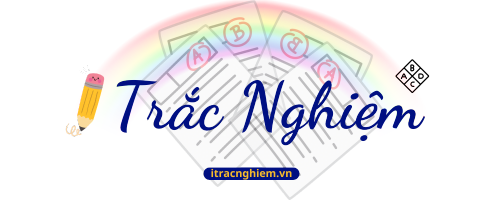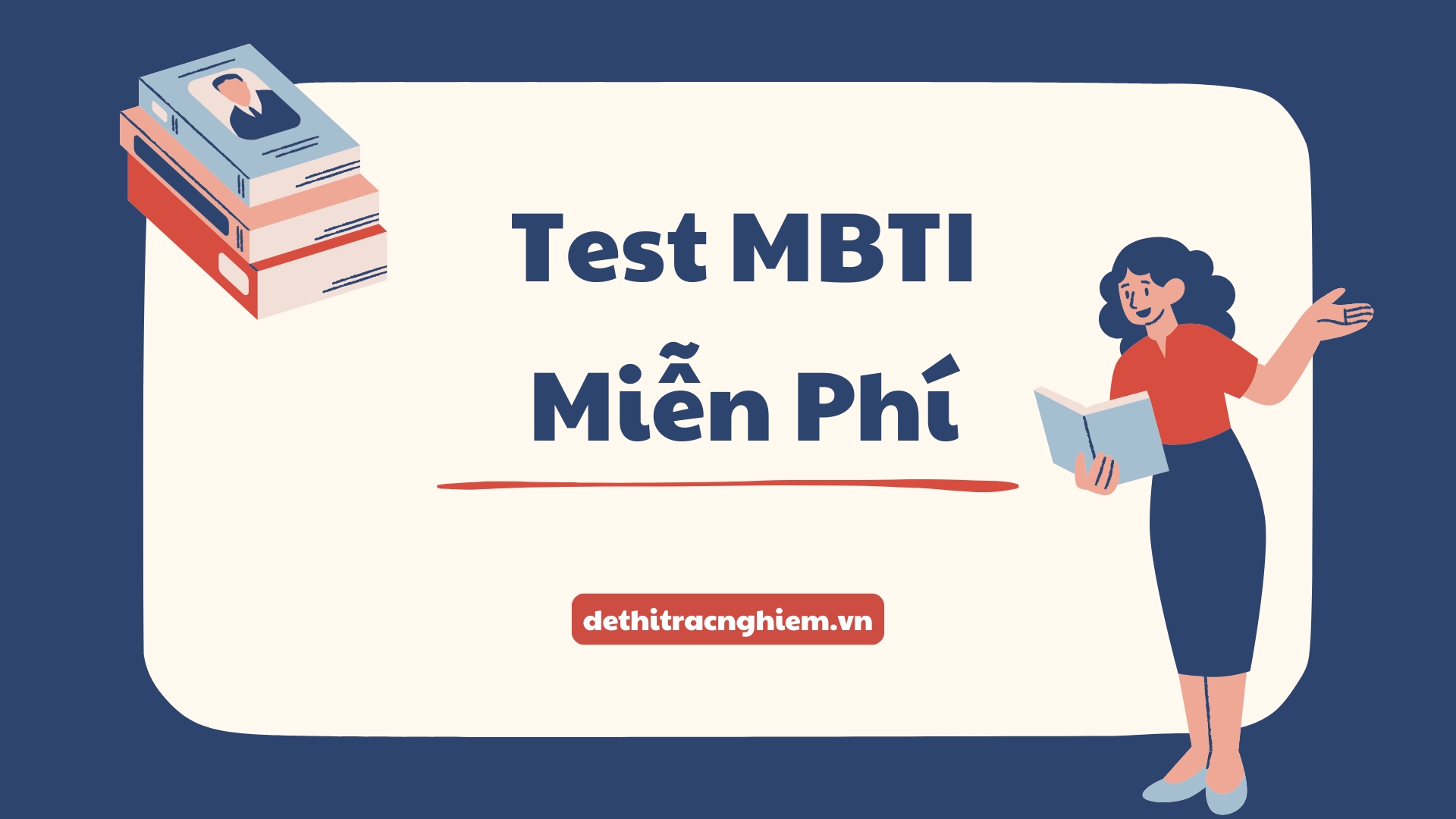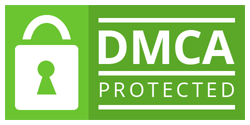Trắc nghiệm Tiếng Anh Toeic – Mô tả: Khách tham quan bảo tàng là một trong những đề thi thuộc Trắc nghiệm Tiếng Anh Toeic – Part 1, nằm trong chương trình ôn luyện toàn diện Trắc nghiệm Tiếng Anh Toeic – Tổng hợp luyện thi 200+ chuyên đề. Dạng bài này mô tả các tình huống phổ biến trong đời sống văn hóa – xã hội, đặc biệt là tại không gian công cộng như bảo tàng, nơi khách tham quan có các hoạt động quan sát, di chuyển hoặc tương tác với hiện vật.
Để hoàn thành tốt đề thi, người học cần nắm vững các cụm từ như looking at exhibits, walking through the gallery, taking a photo, reading a description, và từ vựng liên quan đến không gian bảo tàng như artifacts, display case, painting, sculpture. Việc nhận biết các hành động cụ thể và hiểu đúng bối cảnh tham quan sẽ giúp thí sinh lựa chọn mô tả chính xác nhất.
Hãy cùng Dethitracnghiem.vn tìm hiểu về đề thi này và tham gia làm kiểm tra ngay lập tức!
Trắc nghiệm Tiếng Anh Toeic – Mô tả: Khách tham quan bảo tàng
Question 1: Visitors are quietly ______ the ancient artifacts displayed in glass cases.
A. touching
B. observing
C. selling
D. repairing
Question 2: A group of tourists is listening to a ______ provide information about a famous painting.
A. chef
B. docent
C. pilot
D. mechanic
Question 3: Many visitors are reading the ______ plaques next to the exhibits.
A. price
B. informational
C. warning (necessarily)
D. menu
Question 4: Some visitors are using ______ to get more detailed explanations about the artworks.
A. mobile phones (for calls)
B. audio guides
C. maps (of the city)
D. notebooks (for drawing only)
Question 5: Photography is often ______ in certain areas of the museum to protect the exhibits.
A. encouraged
B. restricted
C. mandatory
D. sold
Question 6: Visitors are walking through the museum’s various ______ showcasing different collections.
A. kitchens
B. galleries
C. offices
D. storerooms
Question 7: A student is taking notes in a ______ while looking at a historical display.
A. camera
B. notebook
C. smartphone (for playing games)
D. wallet
Question 8: Visitors are expected to maintain a ______ level of quiet to respect others’ experience.
A. loud
B. low
C. musical
D. silent (absolutely, but low is more practical)
Question 9: Children are often fascinated by the ______ displays in the science museum.
A. boring
B. interactive
C. broken
D. expensive (necessarily)
Question 10: Before entering, visitors usually purchase ______ at the museum’s entrance.
A. food
B. tickets
C. souvenirs (at the exit shop usually)
D. artwork
Question 11: A visitor is asking a museum ______ for directions to the dinosaur exhibit.
A. artist
B. staff member
C. visitor (another)
D. security camera
Question 12: Many museums have a ______ where visitors can buy books and souvenirs.
A. cafeteria
B. gift shop
C. library (for borrowing)
D. cloakroom
Question 13: Visitors are reminded not to ______ the delicate artworks.
A. admire
B. touch
C. photograph (if allowed)
D. discuss
Question 14: The museum guide is pointing out interesting ______ about the sculpture.
A. prices
B. details
C. flaws
D. colors (only)
Question 15: Visitors often spend several ______ exploring large museums.
A. minutes
B. hours
C. seconds
D. days (unless very large and dedicated)
Question 16: A family is looking at a large ______ hanging on the wall of the art gallery.
A. mirror
B. painting
C. window
D. screen (digital, necessarily)
Question 17: The exhibits are carefully ______ to protect them from damage.
A. handled (by visitors)
B. preserved
C. sold
D. copied
Question 18: Visitors often ______ in front of famous masterpieces for a long time.
A. run
B. linger
C. sleep
D. eat
Question 19: Museum ______ ensure the safety of the exhibits and the visitors.
A. curators
B. guards
C. chefs
D. cleaners
Question 20: Many visitors are using their smartphones to ______ of the exhibits (where permitted).
A. make calls
B. take photos
C. play music
D. check emails (primarily)
Question 21: The museum offers guided ______ at specific times throughout the day.
A. meals
B. tours
C. sales
D. repairs
Question 22: Visitors are admiring a collection of historical ______ from a past civilization.
A. recipes
B. artifacts
C. tools (modern)
D. clothes (modern)
Question 23: It is important for visitors to follow the museum’s ______ and regulations.
A. suggestions (only)
B. rules
C. advertisements
D. menus
Question 24: A visitor is leaning closer to read the fine print on an old ______.
A. painting
B. document
C. sculpture
D. photograph (large print)
Question 25: Museums are places for ______ and learning about art, history, or science.
A. shopping (primarily)
B. education
C. dining (primarily)
D. exercising
Question 26: Some museums have special exhibitions that are on display for a ______ time.
A. permanent
B. limited
C. very long
D. secret
Question 27: Visitors often ______ their bags and coats at the cloakroom upon arrival.
A. sell
B. check
C. buy
D. open
Question 28: A group of students is on a school ______ to the history museum.
A. holiday
B. trip
C. break
D. party
Question 29: The museum’s collection includes a wide ______ of objects from different periods.
A. price
B. variety
C. color
D. size (only)
Question 30: After their visit, many guests feel ______ by the knowledge and beauty they encountered.
A. bored
B. inspired
C. tired (only)
D. hungry (only)




